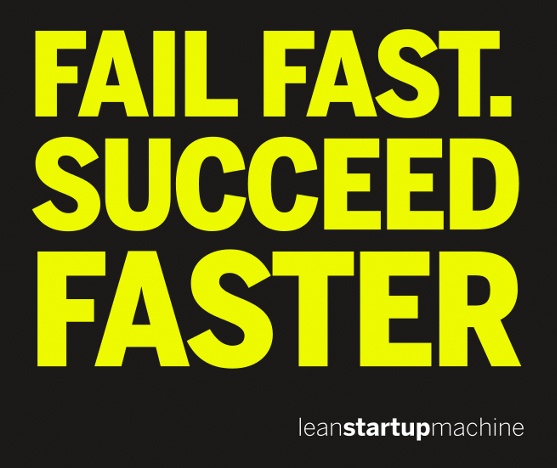Chapter 7. Creating Prototypes for Experiments
âThe premature outlay of huge amounts of money in pursuit of the wrong strategy is the thing to avoid. You need to have an experimental mindset.â[47]
âCLAYTON CHRISTENSEN
THE PREMISE OF LEAN STARTUP IS TO GET FEEDBACK EARLY AND OFTEN in order to validate that you are on the right path, which is also the fondation of Tenet 3.[48] Eric Ries and Steve Blank insist that itâs important to run experiments on your product as soon as possible. There is even a spinoff movement called Lean Startup Machine (see Figure 7-1) that holds worldwide events in which startups and product makers learn how to design, build, and test a Minimum Viable Product (MVP) experiment over a weekend.

A successful UX strategy also needs this continuous testing to ensure that your product will deliver a solution that people will really, really want. Thus, you need to jump from your storyboard to an MVP or prototype of your product. Youâll then take it into small, structured, lean experiments to learn as soon as possible if your teamâs latest assumptions are on the right track and to force you to confront the reality of what it would actually take to make your business model work in the real world. This kick-starts the process of blending the ingredients that make up all four tenets of my UX strategy framework, as ...
Get UX Strategy now with the O’Reilly learning platform.
O’Reilly members experience books, live events, courses curated by job role, and more from O’Reilly and nearly 200 top publishers.

